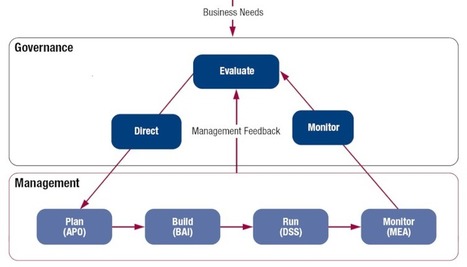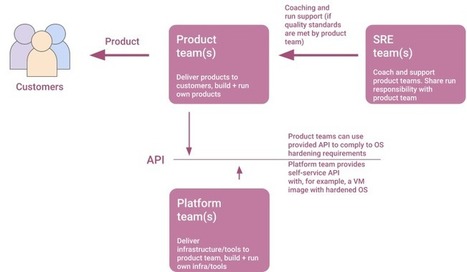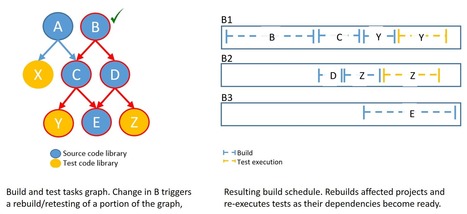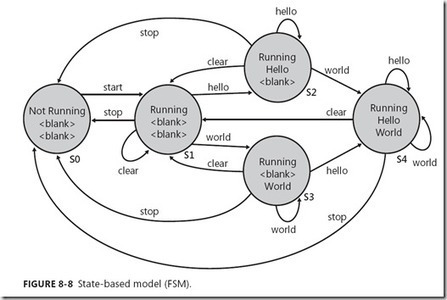This blog looks at using the DevOps third way to build in continual improvement, continual learning, and increased resilience to your change practices.
Follow, research and publish the best content
Get Started for FREE
Sign up with Facebook Sign up with X
I don't have a Facebook or a X account
Already have an account: Login
For Product Owners/Product Managers and Scrum Teams: Growth Hacking, Devops, Agile, Lean for IT, Lean Startup, customer centric, software quality...
Curated by
Mickael Ruau
 Your new post is loading... Your new post is loading...
 Your new post is loading... Your new post is loading...
|
|









![Accelerate: Building and Scaling High-Performing Technology Organizations [Review] - DZone Agile | Devops for Growth | Scoop.it](https://img.scoop.it/9KCZo5vXsQiZgvvgWT-lSTl72eJkfbmt4t8yenImKBVvK0kTmF0xjctABnaLJIm9)













